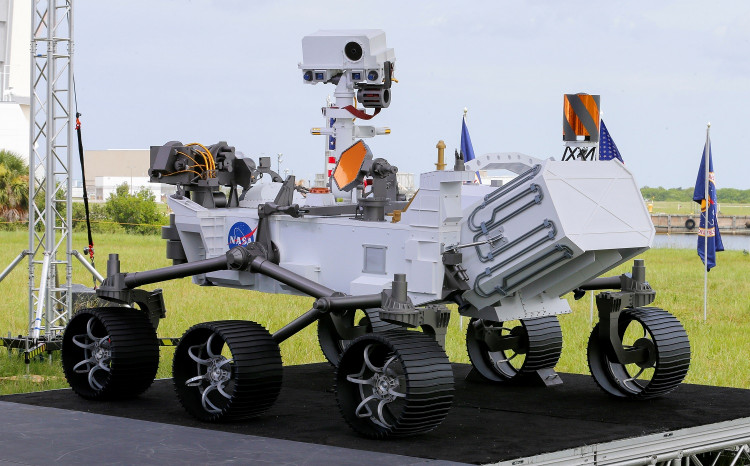Planetary scientists believe there was a time that Mars was more Earth-like. Although, if there was ever life on Mars billions of years ago, it was most likely microscopic and not the gray or green aliens science fiction brought us.
After several failed Mars missions from the Soviet Union, NASA in 1976 finally landed the first spacecraft on another planet when Viking 1 and Viking 2 reached the Martian surface to search for signs of life. The missions led to the discovery that there exists a chemical activity in the Red Planet's soil but did not reveal signs of past or present life.
The next batch of rovers and landers continued to search Mars' surface in hopes of finding clues about the planet's mysterious past. NASA's Spirit rover, which was launched in 2003, found magnesium and iron carbonate-rich rocks that were likely formed many years ago when the Red Planet's atmosphere was still thick and was wet and warm.
The Opportunity rover, also launched in 2003, also made several discoveries of its own, like Martian clay minerals. Scientists eventually discovered that the minerals were likely formed in neutral-pH water, which solidified the belief that Mars was once wet. The rover also found hematite, which also forms in water.
By 2018, NASA discovered methane on Mars, courtesy of the Curiosity rover. This was a monumental leap in the search for life on the Red Planet, as the primary source of methane is life.
Because of NASA and other space agencies, our understanding of Mars has evolved. We have proven that life once existed on the Red Planet. Now, NASA wants to expand that knowledge more than ever with the launch of the new Perseverance rover on July 30.
"What we are looking for is likely very primitive life. We are not looking for advanced lifeforms ... we're looking by analogy to what we find in the similar time on Earth, microbial life," said Ken Farley, a project scientist for Perseverance, said during a news conference.
Among the new instruments that Percy carries is a tool called SHERLOC (Scanning Habitable Environments with Raman & Luminescence for Organics & Chemicals). It has the ability to observe simple features like color and texture but also detect what chemicals and minerals lie in front of it. These detections will be useful for future studies performed here on Earth with the samples taken by Perseverance.
Perseverance is scheduled to reach Mars in February 2021 after journeying more than 300 million miles.





